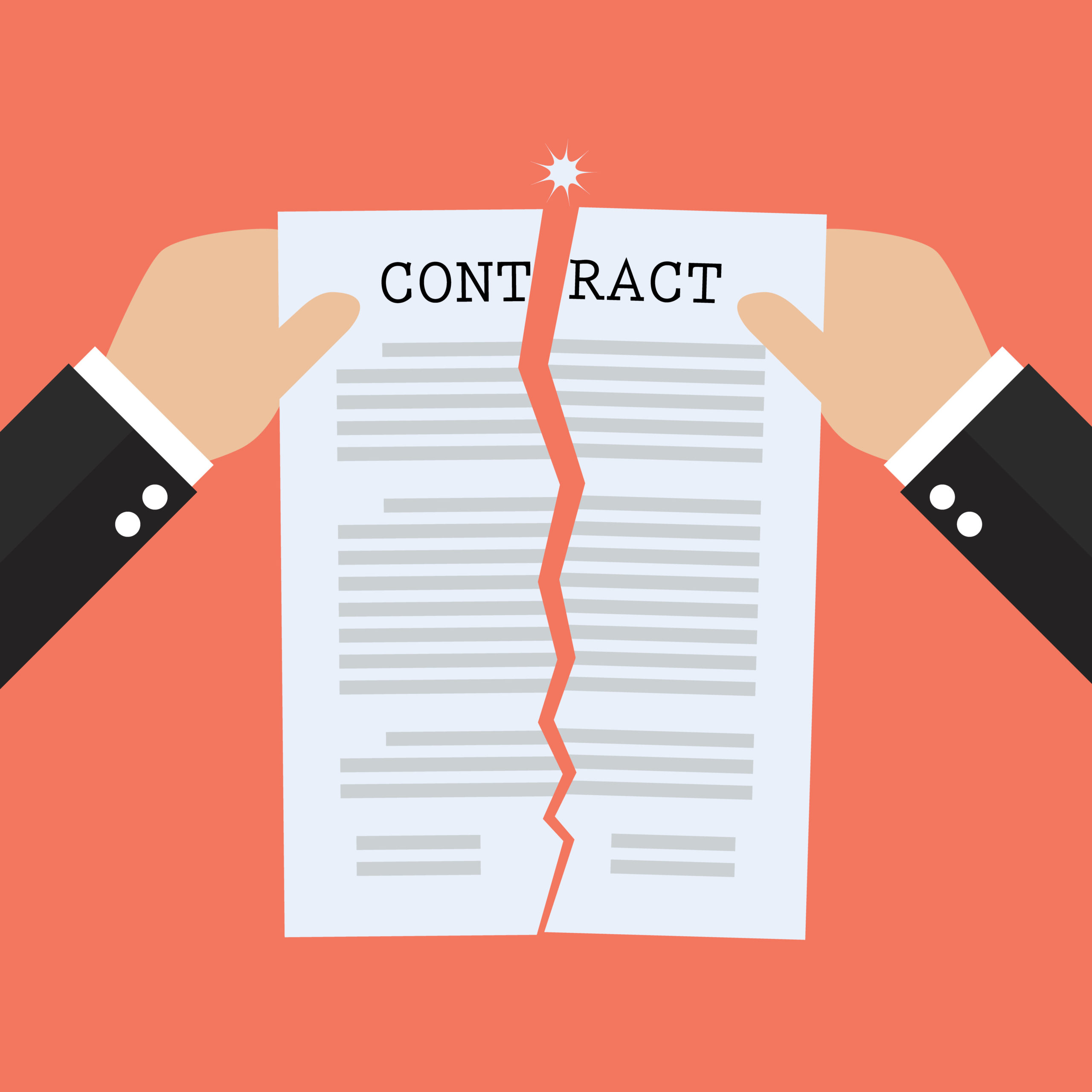A “Heads of Agreement” is one of those legal terms that you may come across for the first time and find yourself doing a quick Google search. To make things more confusing, the term is sometimes used interchangeably with terms such as “Letters of Intent” or “Memorandum of Understanding”.
So, what do these terms actually mean? Simply put, they refer to a preliminary agreement, a document that is signed before the parties are ready to enter into a final agreement.
Are Heads of Agreement Binding?
The most important thing a businessperson should understand is the effect of signing a Heads of Agreement. In our practice, it is not uncommon for clients to come to us for advice after they have signed Heads of Agreement to ask if they are bound by the terms.
Unfortunately, there is no simple answer to this question. One thing that can be stated with certainty is that the words at the top of the agreement are not definitive as to whether the agreement is binding. Broadly speaking, an agreement is only binding and enforceable when it is certain what the parties agreed and evidence that the parties intended to be legally bound.

Are the Terms of the Agreement Certain?
A Heads of Agreement will only be binding if the “essential terms” are clearly stated in the document. At a minimum, the agreement must include the details of the parties entering into the agreement, the object of the agreement (what the parties intend), the consideration (usually the price to be paid), any conditions precedent or subsequent (things that must happen before or after the agreement for it to be valid), and the time frame for completion of the agreement.
If an agreement does not state the essential terms of the deal, then the general rule is that this is merely an “agreement to agree” (that is, to work out the details of the agreement later) and cannot be enforced. Such a document simply lacks enough certainty as to what the parties were undertaking to do.
However, it is possible to have a binding agreement that leaves some details yet to be finalised. For instance, an agreement could include a mechanism for determining a price, such as using an independent valuation. In that case, despite the fact that an essential term is still uncertain after an agreement is signed, there is sufficient certainty for the agreement to be enforced because a court can simply order that the valuation be carried out.
Did the Parties Intend to be Bound?
Any preliminary agreement should state whether it is intended to be legally binding. A black and white statement that the agreement is “in principle” or “does not create a binding legal contract” is likely to be accepted as conclusive evidence that the parties did not intend to be bound, irrespective of any other indications in the agreement.
However, if a party does not consider themselves bound by a preliminary agreement, they must be careful not to create reliance on the part of the other party. If one party encourages the other party to rely on the preliminary agreement, then a court may enforce the agreement even if it was otherwise not binding. The rule is fairly simple: if you do not feel that you are bound by the preliminary agreement, make this clear to the other party in both your words and conduct.

When Should You Use a Heads of Agreement?
A Heads of Agreement is most useful when it serves to help parties clarify points of agreement, identify areas for continued negotiation, and provide a document to allow parties to seek further approval, such as from a Board of Directors. When used for this purpose a Heads of Agreement should include words such as “proposes” and “understands”, rather than “agrees”, “promises to”, or “must”. Indeed, it is best to avoid referring to the Heads of Agreement as the “agreement” or “contract”, as this can be misleading as to the purpose of the document.
A well-drafted Heads of Agreement will ensure that both parties feel protected while they enter the next stage of negotiations. This provides the best environment for a final agreement to be reached. To achieve this level of comfort, a Heads of Agreement may include termination and confidentiality clauses.
Termination Clause
A Heads of Agreement should include a termination mechanism. This might be a date by which a final agreement should be signed, otherwise the interim agreement to agree will lapse. There may also be conduct by either party that would trigger a termination clause. The aim is to give both parties peace of mind that they are not locked into an agreement.
Confidentiality Clause
If sensitive information is being exchanged as part of the negotiations, the Heads of Agreement can include a binding confidentiality clause. This allows both parties to offer the necessary degree of frankness without concern over future misuse of information if the deal does not go ahead.
Conclusion
Heads of Agreement are a useful tool for parties who are in the midst of negotiations but are not ready to enter into a final agreement. However, without careful drafting, a Heads of Agreement can bind parties to terms before they are ready. Do not sign an agreement unless you have had it reviewed by an experienced commercial lawyer.
If you or someone you know wants more information or needs help or advice regarding a Heads of Agreement, please contact us on (03) 9592 3356 or email office@citypacific.com.au or fill in the web contact form here:
Contact


